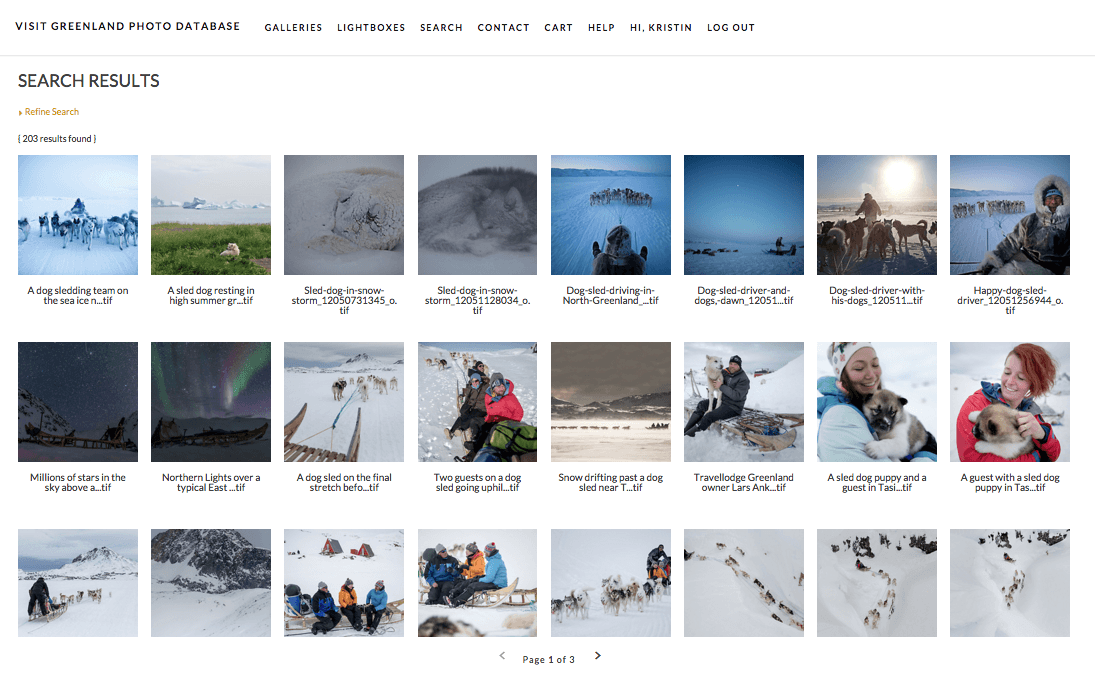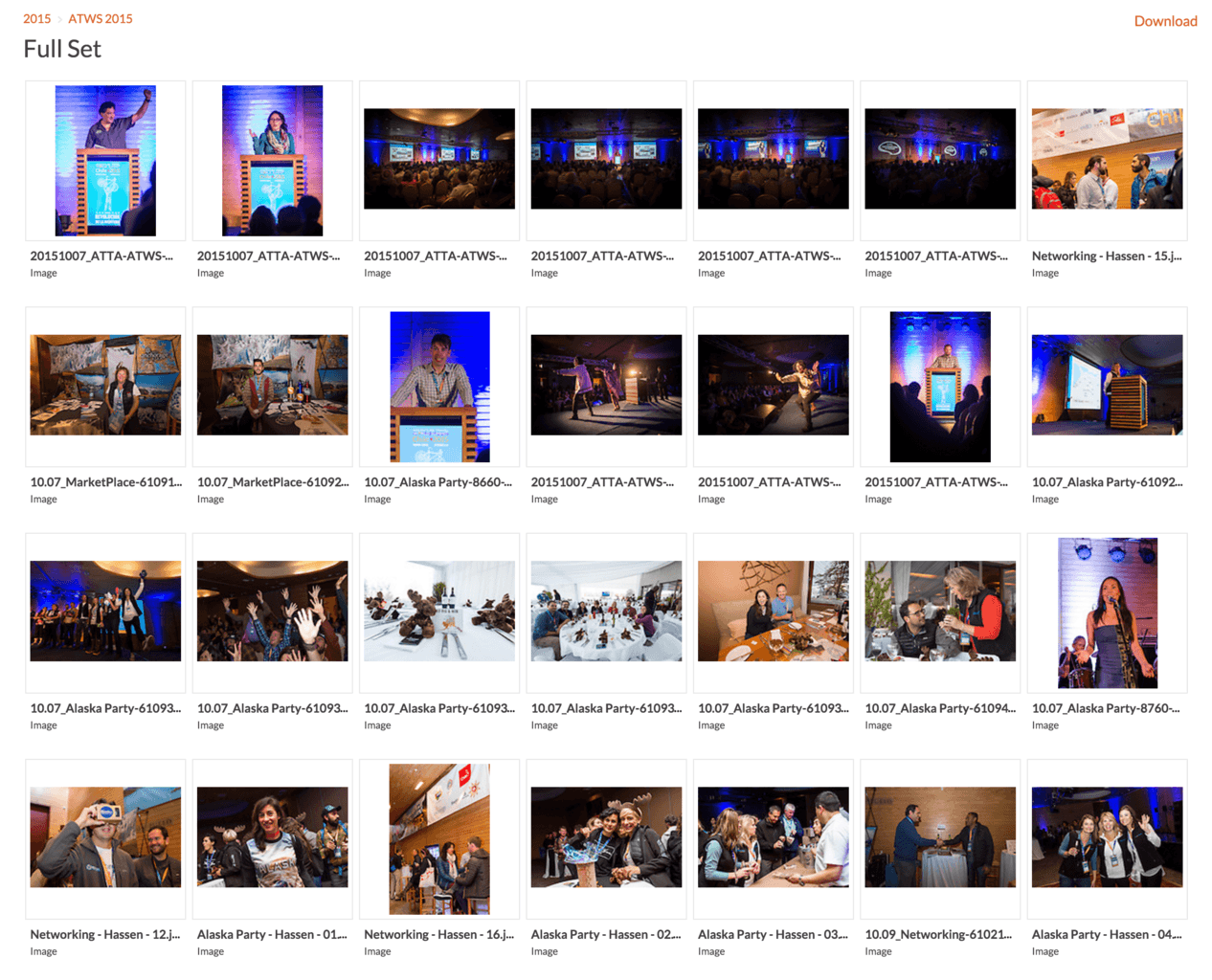This post was originally published in Adventure Travel News, powered by the Adventure Travel Trade Association. Cover photo courtesy of the ATTA.
Demand for visual content is on the rise. People want you to show, not tell, whether they’re booking a trip, buying a new jacket or learning about a friend’s engagement. This trend is especially true in the adventure travel industry, where images are key to giving travelers a preview of destinations and tours.
“Visual storytelling in adventure tourism is crucial,” explains the Marketing Manager for the Adventure Travel Trade Association (ATTA), Murray Bartholomew. “It’s one of the most important pieces in trying to get people interested in a region.”
According to the ATTA’s 2015 Industry Snapshot, 18.7% of adventure companies’ marketing budgets are allocated toward content creation and social media outreach. Other significant portions include public relations and advertising, which also require the use of imagery.
The shifting focus to visual storytelling in adventure travel mirrors a broader trend. In a recent visual asset management survey by the CMO Council, in partnership with Libris by PhotoShelter, top marketing executives from a range of industries said video, infographics, illustrations and photography will play an increasingly important role in the coming year.

The ATTA gives us an interesting lens for examining visual storytelling and visual asset management in the adventure travel industry. Let’s go behind-the-scenes with the organization’s marketing and communications team to take a look at their challenges and strategies for communicating visually.
The Challenge
Casey Hanisko learned the value of digital asset management (DAM) when she worked for a tour operator that had a large searchable image bank. When she joined the ATTA team as the VP of Marketing & Communications, she faced a big challenge: the ATTA did not have a centralized system for storing, organizing and sharing its visual assets.
The organization had several systems that made up for each other’s shortcomings. Picasa allowed ATTA to store high resolution images, but it wasn’t searchable. Flickr was searchable, but didn’t host the high res versions. (Check out DAM vs Consumer Solutions Like Flickr and Dropbox: How To Best Manage Your Corporate Image and Video Library.) The ATTA needed one robust system that could do all of the above and enable the team to find the best possible images for a given project.
“We need to be able to look at everything all at once,” says Hanisko. “We want to be able to have a couple of options and to say, ‘is this the right kind of photo?’”
The Solution
The ATTA selected Libris by PhotoShelter as its digital asset management system because it provides a cloud-based, easily searchable library for all of the ATTA’s visual assets (including videos). It’s a one-stop shop for anyone looking for visual content, and it allows the ATTA to set specific permissions for viewing and downloading the organization’s images.
Now, when the ATTA marketing team is telling a story, they can search the archive for a relevant keyword and cull through the results to find exactly what they had in mind. They can even refine their search results if they want to see only horizontal photos or only vertical photos.
The national tourism board Visit Greenland also uses Libris for its visual media library. Check out the results we get when we search the library for the term “dog sledding.”

Much like how Libris has impacted Visit Greenland, the system is making a difference to the whole ATTA team because it makes the organization’s visual assets widely available.
“Before Libris, I think I got a decent amount of flack from our team,” Bartholomew laughs, “because our images were stored on hard drives and not easily accessible.”
Now, the ATTA team can all collaborate on one tool, which is invaluable since the ATTA is a virtual organization with team members around the world.
Not only has the system streamlined the marketing team’s internal processes, it has also changed the way they share visual assets with external partners. Before Libris, they shared images by sending partners a dropbox link or mailing them a hard drive. Now, they can easily set visibility and download permissions and share images through the ATTA branded Libris portal.
“It has enabled us to be much more professional in our delivery,” says Hanisko.
The solution streamlines the ATTA’s workflow, and makes it easier for stakeholders like tourism boards to access and share the ATTA’s visual assets.
The Impact
The ATTA’s annual Summit highlighted the impact of Libris.
“At our Adventure Travel World Summit in Chile, we had a team of photographers and videographers who documented some incredible stories,” says Bartholomew.

After the event, Bartholomew and his team added those photos and videos to Libris, using the system’s Lightroom plugin to tag everything with metadata. Then, they sent the gallery link out to all 700 of the delegates who attended the summit. They invited everyone to engage with the photos, search the tags that were relevant to them and share their favorites on social media.
Bartholomew used Google Analytics to track the Summit gallery’s popularity. The gallery has garnered 12,443 pageviews since October.
“People are eager to see what photos they’re in or relive some of the memories,” says Bartholomew.

Access to these images has a positive impact on both the delegates and their businesses.
“We’re equipping the people who go on those trips with photos and videos to be able to market that destination,” says Bartholomew. “If we’re hosting a tour, they need resources to promote it.”
The Potential
The ATTA has similar challenges to its member adventure travel organizations. Many travel organizations have employees spread out across cities. And all travel organizations need to tell their stories visually to entice tourists to book trips. Travel organizations should emulate the ATTA’s strategies of getting organized and streamlining the communication team’s processes.



